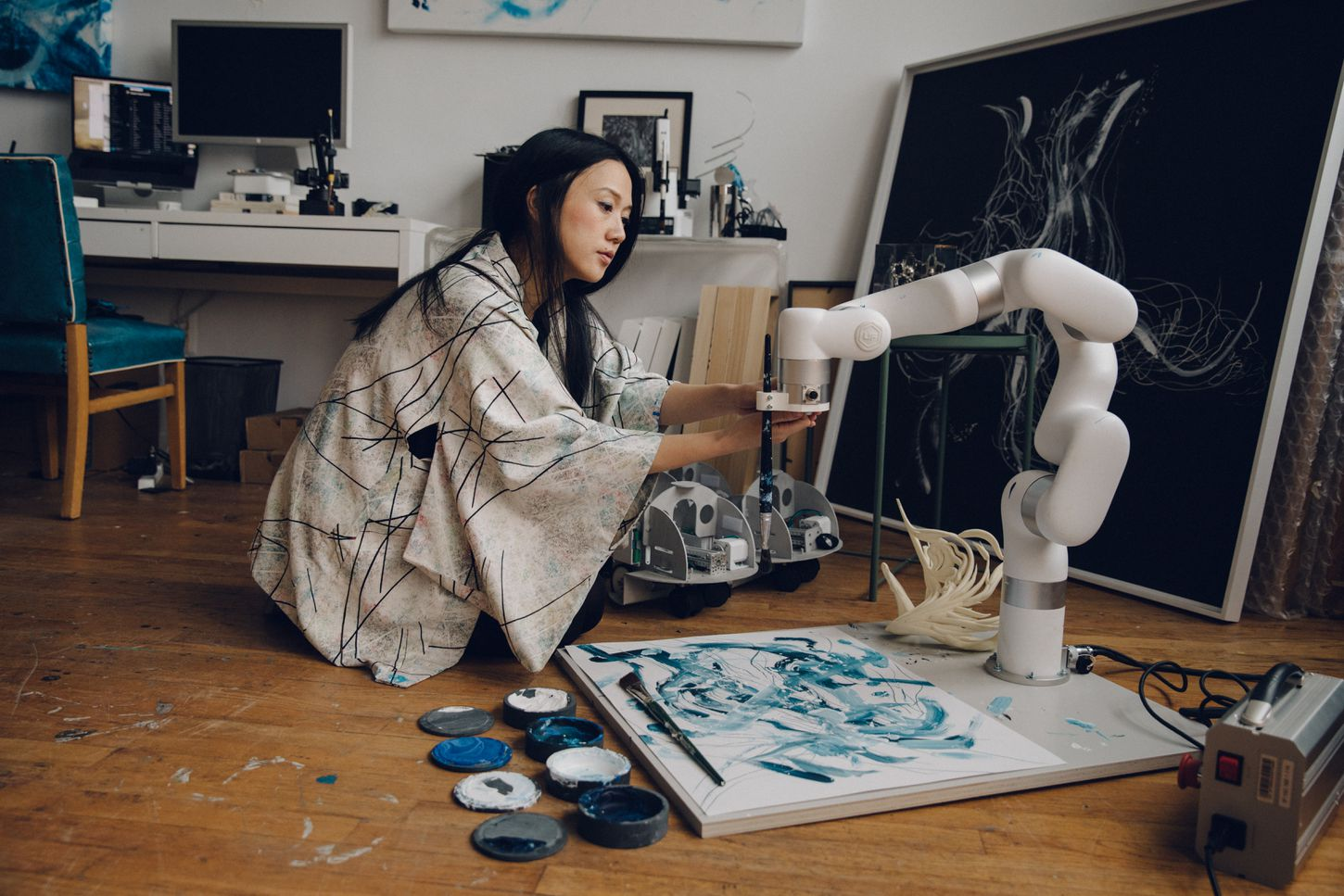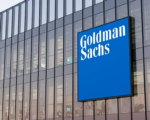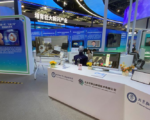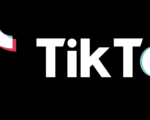A Changing Art Market
As global art sales have slowed, with a 4% year-on-year drop in 2023 to $65 billion, London’s art scene is responding by targeting a younger generation of buyers and showcasing emerging talent. According to the Art Basel & UBS Art Market Report 2024, the art market experienced a downturn after two years of growth, prompting industry professionals to recalibrate their strategies.
Elio D’Anna, co-founder and CEO of the House of Fine Art (HOFA) gallery in London’s Mayfair district, has shifted his focus toward younger collectors. “Five years ago, we targeted buyers in the 35- to 45-year-old range. Now, it’s more the 25- to 35-year-olds,” D’Anna said. This shift is a response to changing dynamics in the art market, particularly as younger buyers express increasing interest in contemporary and innovative works.
The Intersection of AI and Art
Artificial intelligence (AI) continues to be a prominent theme in the art world, especially as artists explore how technology can be integrated into their creative processes. HOFA gallery represents artist Sougwen Chung, who collaborates with a robot she designed, named DOUG (Drawing Operations Unit), to create art. Chung, a former MIT Media Lab researcher, uses the robot to translate their own artistic decisions into tangible works of art. One of Chung’s pieces, “Spectral,” was sold for $35,000 at a Phillips auction in October, showcasing the growing intersection of technology and art.
Henry Highley, head of European private sales at Phillips, noted that the “Spaces” sale, which featured works like Chung’s, highlighted the increasing significance of AI in the broader art market. “It’s a fascinating intersection of technology and arts,” Highley said, emphasizing that Phillips wants to embrace new, innovative art forms to attract younger collectors.
Fostering a “Generational Switch” at Frieze London
Frieze London, one of the city’s most prestigious art fairs, has embraced the idea of a “generational switch” by featuring younger artists in its special “Focus” section. This area showcases emerging talent and aims to engage younger buyers who are interested in supporting new voices in the art world. Frieze London director Eva Langret pointed out that this section reflects a broader shift in how galleries and fairs are thinking about the tastes and interests of younger generations.
The “Focus” section also provides emerging artists with an opportunity to push their creative boundaries. According to Cedric Fauq, curator of the section, it allows artists to experiment and present new works to a wider audience. One artist featured in the section was Charlotte Edey, whose work explores the emotional and psychological implications of domestic spaces through drawings and tapestries.
Digital and Online Platforms for Younger Buyers
Frieze is also tapping into the digital realm to reach younger collectors through its Frieze Viewing Room website. Langret noted that younger generations are more comfortable with purchasing art online and discovering new works digitally, making platforms like Frieze Viewing Room a vital tool in attracting Generation Z and Millennial buyers.
Attracting Young Audiences to Contemporary Art
In addition to art fairs, galleries are also shifting their focus to younger audiences. The Moco Museum, which opened a new location in London in August, aims to engage a younger demographic with its blend of established artists and emerging talents. Co-founder Kim Logchies-Prins explained that the museum curates its exhibits with young visitors in mind. “They want to feel welcome,” she said, highlighting that the museum’s exhibitions feature a mix of iconic artists like Andy Warhol and Jean-Michel Basquiat alongside emerging voices, offering a diverse entry point into the contemporary art world.













